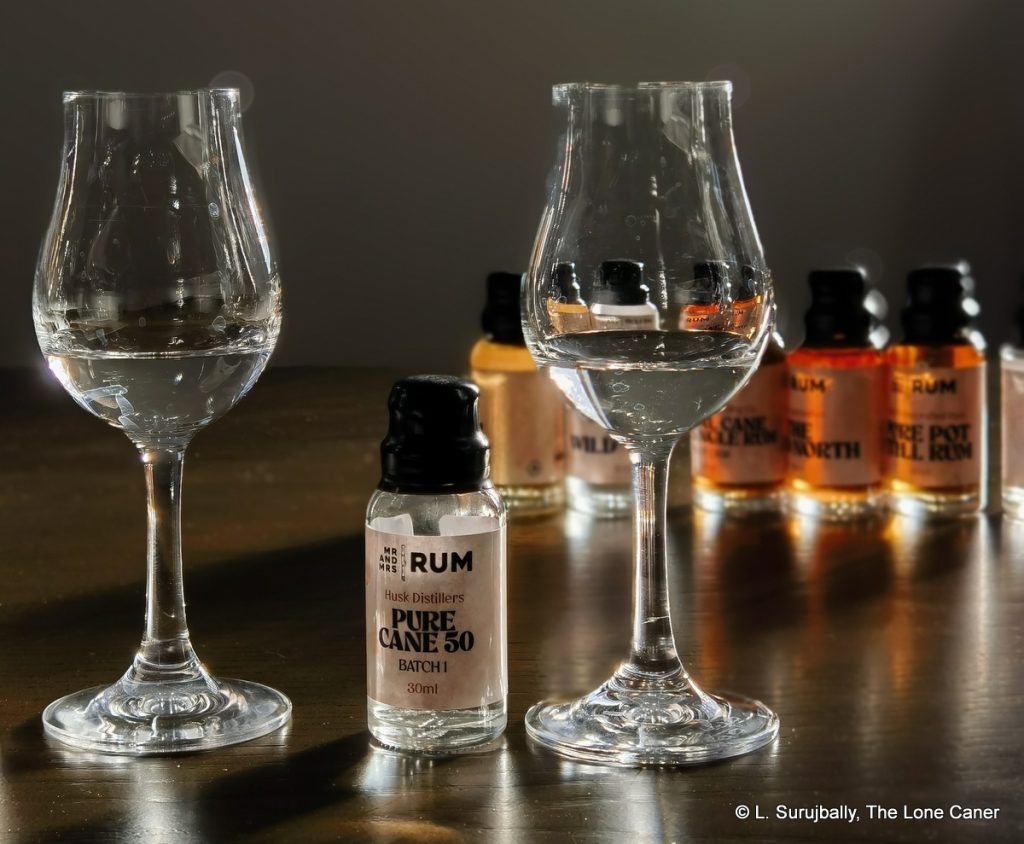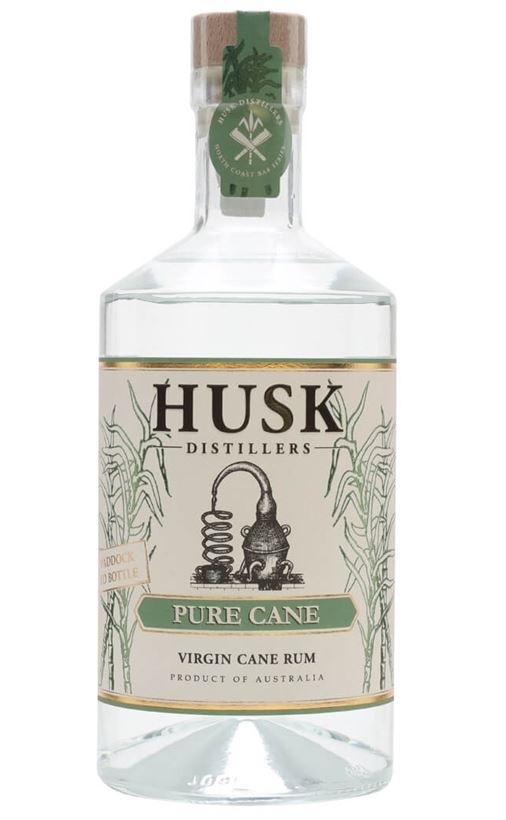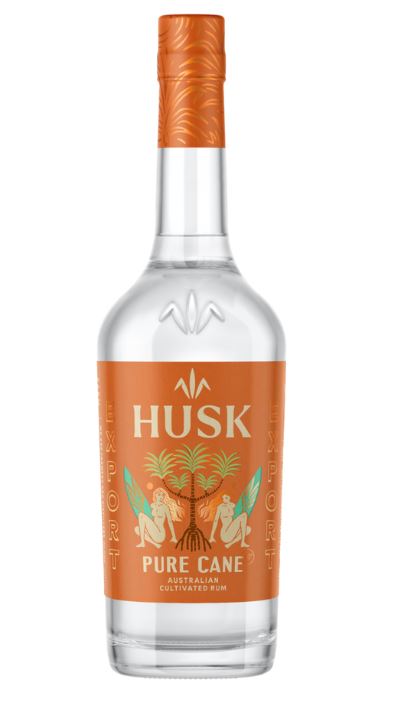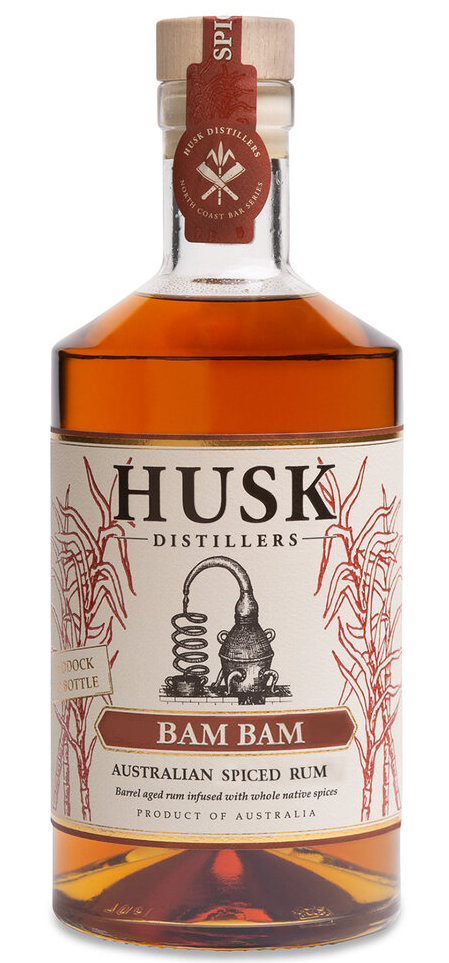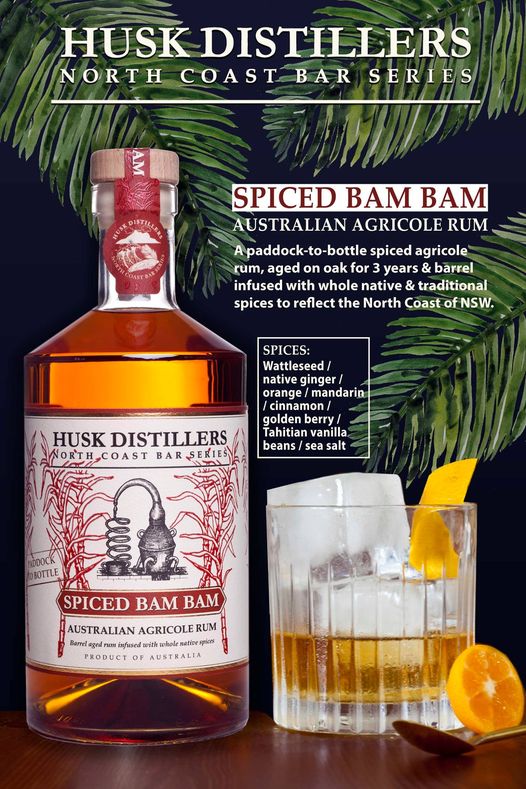There are not many distilleries in Australia who are known outside of the region – Bundaberg is probably the most famous, Beenleigh is gaining recognition, and of course there are other small operations which the magnificent Advent Calendar from Mr and Mrs Rum have allowed greater visibility. Killik, Cabarita, Brix, Hoochery, JimmyRum and many others.
One of these, about which I have already written twice, is Husk Farm Distillers; they are one of the older of New Australians, dating back to 2009 when the founder, Paul Messenger, was ensorcelled by Martinique’s agricole rhums and spent the next few years establishing a small distillery in Tumbulgum in northern New South Wales (about 120 km SE of Brisbane) which was named “Husk” when it opened in 2012. Its uniqueness was and remains that it uses its own estate-grown sugar cane to make rum from juice, not molasses, and is an integrated producer unbeholden to any external processing outfit for supplies of cane, syrup, juice or molasses. Initially they used a 1000L Spanish made pot still but as their popularity grew it was replaced with a 6000L Scottish Forsyth hybrid still built in Rothes to Messenger’s specifications.
What this all leads to then, is something rather unusual, if not outright unique (for Australia) – a pot still distilled cane juice rum, unaged, bottled at 50%. For the geek squad, there are more details below in the Other Notes section, but when one considers how column stills are so common, molasses is used for sheer convenience and ageing is at least for a few years prior to bottling…well, you can understand how interesting this is.
Except that as I have noted before in both the Bam Bam and the “Lost Blend” reviews, there’s a curious lack of agricole-ness to Husk’s rums … and this one does not buck the trend. The nose demonstrates a good initial pot still vibe: varnish, fresh plastic, rubber, some acetones, which is all nice. Gradually, as it opens up one can sense red grapes, overripe apples, raisins, sugar water, a touch of tequila (yes it does), and a light citrus through line. At some point there’s paper, cardboard and the dustiness of old rooms wafting through. Citrus peel, liquid soap and hand lotion…and ashes, with rain drops sizzling on a glowing campfire.
The palate maintains this intriguing profile, perhaps even more so. Initially the taste is slightly sweet and salt, medicinal, combining light iodine notes with gherkins, ginger, anise and even wasabi, but there is also cinnamon, honey, sugar water, and a moist cheese – let’s settle on brie for now. If you stick with it you may sense a last touch of some pastries, dusty cupboards, before it goes off the reservation with red olives and (I swear I am not making this up) – freshly cut radishes. The finish is relatively tame after all this rather startling smorgasbord of competing aromas and flavours, and plays it pretty much safe – medium long, some sugar water, cucumbers in white vinegar, a few grapes and apples, and that’s pretty much it.
Peculiar, to say the least, lacking a whole lot of herbaceousness or grass or “green” notes such as distinguishes most agricole rhums from traditional sources. Initially I thought – and my notes reflected – that the rum lacked character, but that’s not really it. A second, and then a third re-taste made me modify that view, because what it did, and what it does, is upend expectations, especially for a white unaged rum for the style of which i have a sneaking love, and more than a little experience.
The rum is aromatic, tasty, it is at right angles to regular agricoles, and shows that there are still new ways we can experience familiar profiles. Not all the elements mesh completely together and occasionally I feel that the makers tossed everything except the kitchen sink into the mix to see what would come out the other end, not entirely successfully – but in no way is this a fail or something to decry. Overall, as an unaged white rum, as a cane juice product, as a rum, Husk has created a curious amalgam that works, and works well. We owe it to ourselves to try such a rum at least once, if only to admit there are still discoveries to be made along the many varied branches of the great rum tree.
(#1094)(85/100) ⭐⭐⭐½
Other notes
- Video Recap is here.
- From Day 2 of the 2023 Australian Advent Calendar
- The main cane variety used is Q240; selected for its high sugar content and adaptability to the region.Wild yeast from the paddock plays a role in the fermentation process, but additional yeast is added after crushing. Three day fermentation period. The distillate is rested, slowly reduced, and stirred in a stainless-steel tank for a minimum of six months, before bottling. Non-chill filtered. No other ingredients or additives added.
- Husk Pure Cane has been in production since 2017. The label keeps changing so I’m not sure what the 2023 edition looks like, but in the review are a few examples.
